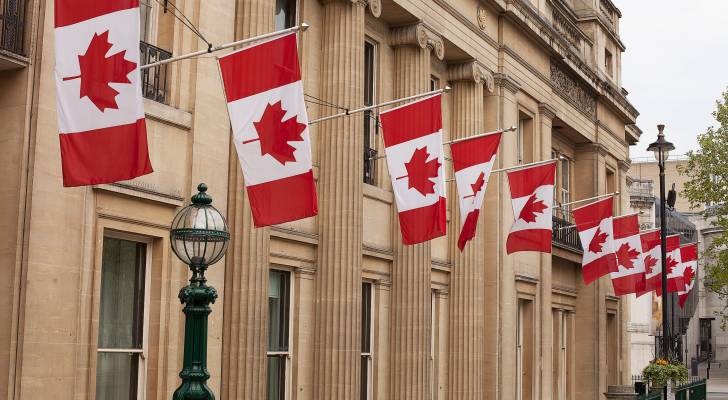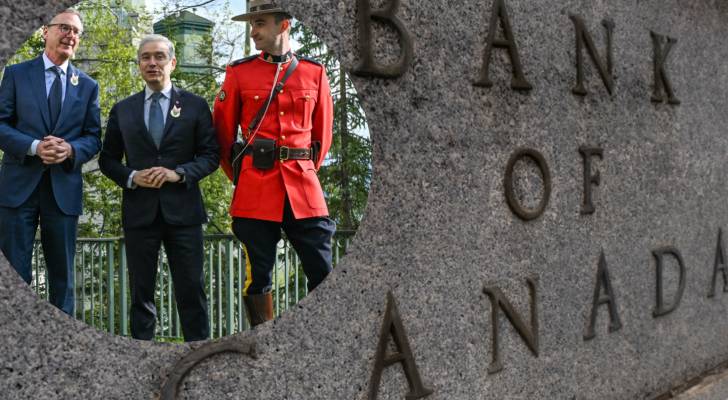Crushed by student debt? Learn financial literacy (aka: money skills) that can set you free and build the future you deserve

For most young Canadians, the journey to financial literacy begins with pursuing a degree at a college, university, or technical school. This step into launching an adult life is also when many begin to take on significant debt. To illustrate, during the the 2022–2023 academic year, approximately 532,000 students received $3.1 billion in non-repayable Canada […]
Canadian grandparents feel rising costs as financial support cuts into retirement

Canadian seniors are feeling the squeeze of higher living costs and many are balancing the financial needs of their children and grandchildren with their own shrinking retirement security, a new report shows. The 2025 Aging and Affordability Insights Benchmark Report by Bloom Finance, released October 1st, compares survey data from last year and highlights how […]
I’m almost 50 and don’t have enough retirement savings. What should I do? Don’t panic. Here are 6 solid ways you can catch up

This article adheres to strict editorial standards. Some or all links may be monetized. Retirement planning is often seen as a distant concern — until it isn’t. In a recent post on X (formerly known as Twitter) that went viral, a 49-year-old confessed to having $0 savings for retirement and only $900 in their bank […]
A dozen tips and hacks every Amazon shopper should know

Everyone loves the convenience of online shopping, but Amazon must be doing something special to get this many people to commit to a $99 subscription. As of 2025, about 57% of Canadian adults subscribe to Amazon Prime (1) representing roughly 17 million Canadians. Part of the draw is the convenience. According to Queue-It, a leading […]
“Stupidest idea I’ve ever heard”: Kevin O’Leary torches Dave Ramsey’s marriage advice — advises women to do this 1thing

Fifteen years ago, only 3% of Canadians who were married or engaged had signed a marriage contract, or “prenup.” By 2022, this number had grown to 15% for U.S. couples, indicating an increasing awareness of how marriage affects personal finances and potential property division. Experts say the increase comes from a variety of factors, including […]
Best places to retire in Europe

We adhere to strict standards of editorial integrity to help you make decisions with confidence. Some or all links contained within this article are paid links. For a lot of Canadians, retiring in Europe feels like the ultimate dream. Picture this: Sipping an espresso at a little café on a cobblestone street, soaking up that […]
Federal Budget 2025 bets big on business — and why that matters to Canadian investors and workers

After 18 months without a federal budget, Ottawa is finally putting its money where its mouth is — and the focus is clearly on investing in Canadian business to help restart Canada’s stalled economy. Framed as an “investment budget,” Prime Minister Mark Carney’s first fiscal framework focuses mostly on big-ticket investment-driving items, rather than spending […]
Budget 2025 gives Bank of Canada room to steer recovery, explains BoC Governor Tiff Macklem

After months of economic turbulence, the message from Ottawa is one of cautious optimism — from both Parliament Hill and the Bank of Canada. Bank of Canada (BoC) Governor Tiff Macklem told Canadian senators in early November (1) that the country’s economic slowdown “is more than a cyclical downturn — it is also a structural […]
Stop overpaying for these 5 things ASAP

The price of almost everything – from a carton of eggs to a pound of steak – remains stubbornly high. A Canadian family of four is expected to spend $16,833.67 on food in 2025 — an increase of more than $800 from 2024 grocery costs, according to Canada’s Food Price Report produced by several Canadian […]
You can’t fix what you don’t track — do you really know where your money goes?

Your credit score might just be three digits, but those numbers can make a big difference in your life. A strong score can open doors to lower mortgage rates, cheaper insurance, and better loan offers — savings that can add up to thousands of dollars over time. In other words, the better your credit, the […]